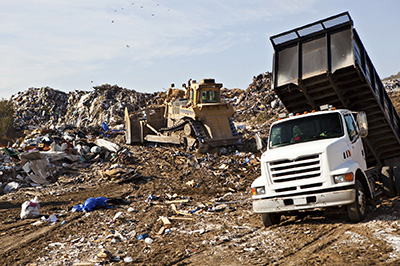Waste-to-Energy Systems
Waste-to-Energy Systems
We develop and enable strategies for diverting a wide range of waste streams from landfills for the production of electricity, heat, liquid fuels, and products.
 Ongoing Projects / Areas of Research
Ongoing Projects / Areas of Research
Market and Regulatory Barriers and Opportunities
- Air pollutant and odorous emissions management strategies for dry anaerobic digestion, including emissions during biogas flaring
- Market analysis of carbon dioxide utilization from carbon dioxide capture and sequestration project
Logistics and Power and Resource Generation Options Analysis
- Life Cycle Assessment (LCA) and Technoeconomic Analysis (TEA) of scaling up of food waste, yard waste, and manure utilization for anaerobic digestion and electricity generation
- Geospatially and temporally resolved organic waste inventories for California
- Identification of appropriate densification, storage, and conversion technologies for organic waste types available in California
- Feasibility of utilizing biogas and organic residue for distributed generation, and district energy systems, across California
- Brine and wastewater utilization management pathways from oil and gas industry and carbon dioxide sequestration projects
Circular Economy and end-of- life optimization:
- Valorizing waste streams and by-products of energy technologies and developing cost-competitive, management pathways
- Supporting smarter design and resource recovery through design and business model evaluation
Related Publications
Peng, Peng, and Arman Shehabi."Regional economic potential for recycling consumer waste electronics in the United States."Nature Sustainability
(2022). DOI
Orner, Kevin D, Sarah Josephine Smith, Hanna Breunig, Corinne D Scown, and Kara L Nelson."Fertilizer demand and potential supply through nutrient recovery from organic waste digestate in California."Water Research
206 (2021) 117717. DOI
DelRe, Christopher, Yufeng Jiang, Philjun Kang, Junpyo Kwon, Aaron Hall, Ivan Jayapurna, Zhiyuan Ruan, Le Ma, Kyle Zolkin, Tim Li, Corinne D Scown, R.O Ritchie, Thomas P Russell, and Ting Xu."Near-complete depolymerization of polyesters with nano-dispersed enzymes."Nature
592.7855 (2021) 558 - 563. DOI
